There can be your advertisement
300x150
Cool Design Hacks for Combined Bathroom
Stylish and practical ideas inspired by our designers
Pay attention to wall-mounted installations — fixtures that are built into the wall. You don't need to modify load-bearing structures: you can create a false surface using gypsum board. The wall width should match the flush tank. All utilities will be hidden behind the gypsum board, enhancing the aesthetic appearance of the bathroom. Also, a toilet floating in the air makes cleaning under it easier.
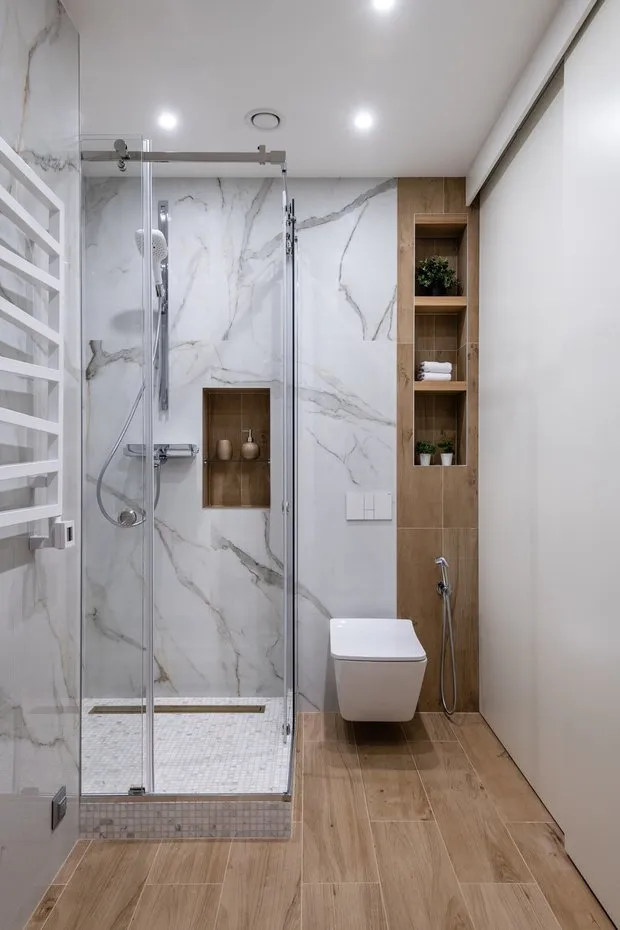 Design: Irina Vasileva About Bidet
Design: Irina Vasileva About BidetThe occupied area is approximately 1 sq. m. If the space is 4–5 sq. m, it's a significant portion. However, there is a solution: installing a hygiene shower. Hot and cold water connections are made to the toilet, a mixer is installed, and a hose with a special nozzle is connected. Of course, it's not a full-function bidet in terms of functionality, but still better than nothing.
 Design: Margarita Sivukhina Choosing a Sink
Design: Margarita Sivukhina Choosing a SinkUniversal fixtures that take up little space: basins like these can be placed under a washing machine or side table. If there's nothing below, it's easier to clean the floor. Another advantage is ease and speed of installation. The downside is that mounting is only possible on load-bearing walls: such a sink cannot be attached to a gypsum board partition.
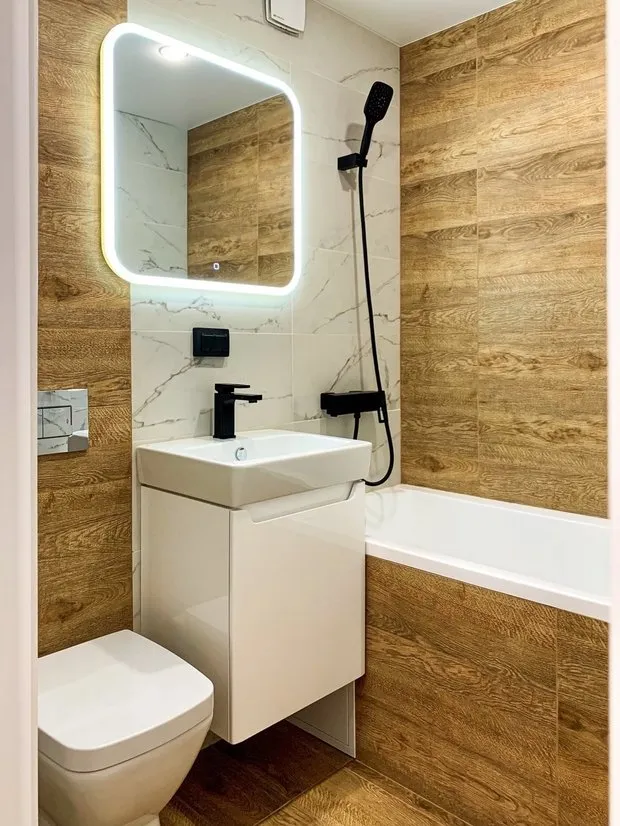 Design: Natalia, a Housing Owner Choosing a Bathtub: What It's Made Of?
Design: Natalia, a Housing Owner Choosing a Bathtub: What It's Made Of?In recent times, acrylic bathtubs have become the most popular. Lightweight and heat-retaining fixtures that are easy to install. The drawback is that they can be easily damaged.
Steel constructions are characterized by low cost and relatively small weight. The disadvantages include chipping of the enamel on thin-walled tubs, noise from water in the tub, and rapid cooling.
Cast iron fixtures last longer than others, offer good thermal capacity and sound insulation. The drawbacks include complexity of transportation and installation due to their large weight (over 100 kg).
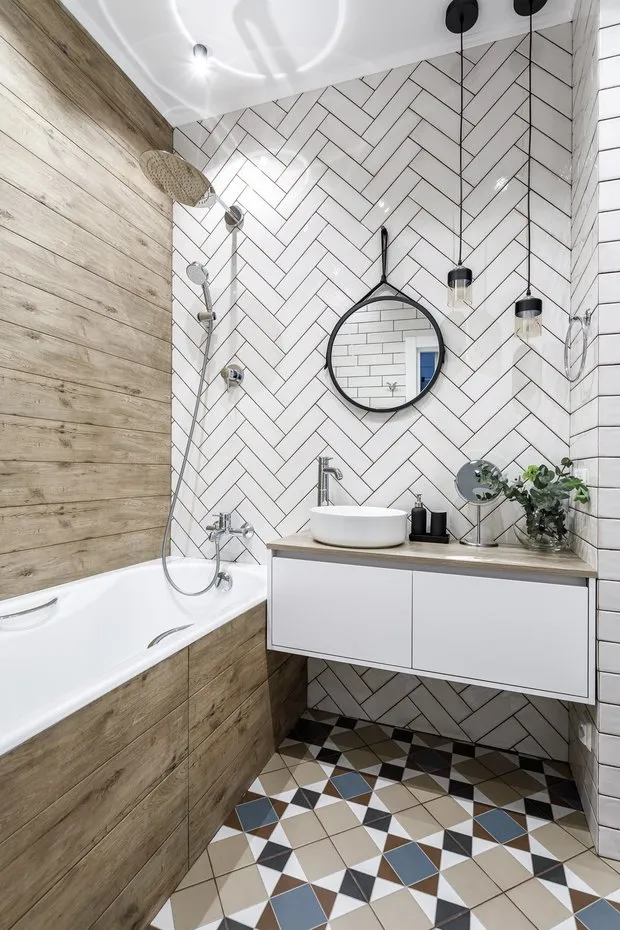 Design: Irina Dolganova How to Place a Bathtub
Design: Irina Dolganova How to Place a BathtubIf the length of the shortest wall in the bathroom is more than 1.6 meters, you can safely place the bathtub along it. This makes a long room appear more proportionate. If the wall is shorter, consider corner (sitting) models. Placing a bathtub along the longest wall in a narrow space is not ideal. Leave free space in front of the tub — at least 0.7 meters.
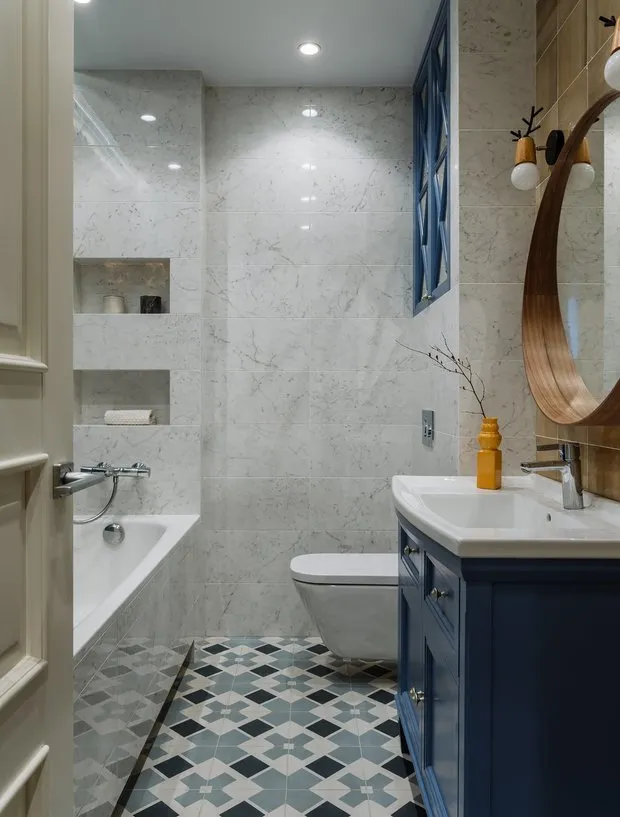 Design: Andrey Nekrasov On an area of 9 sq. m or more, you can place a freestanding bathtub. Note that the floor and ceiling must be strong enough to support such fixtures, as they weigh more.Choosing a Shower Cabin
Design: Andrey Nekrasov On an area of 9 sq. m or more, you can place a freestanding bathtub. Note that the floor and ceiling must be strong enough to support such fixtures, as they weigh more.Choosing a Shower CabinThe market offers both budget and highly functional models with features like radio, phone, aromatherapy, or a Jacuzzi shower. Advantages of a shower cabin:
- Space savings: room for additional furniture or a washing machine;
- A cabin offers more layout options.
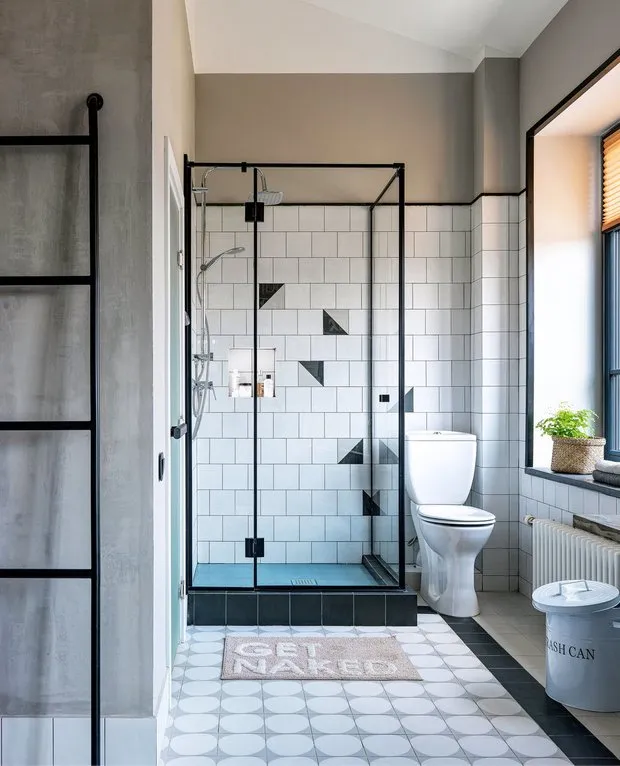 Design: Irina Bdaytsieva Types of Shower Cabins by Location
Design: Irina Bdaytsieva Types of Shower Cabins by LocationThe most common type is the corner model: it can be round or square. Installed between adjacent walls. Wall-mounted cabins look great in narrow and elongated rooms, visually giving the room a more regular shape. There are also freestanding cabins, but they're not suitable for small bathrooms. Budget cabins can be divided into two groups:
1. Monoblock. It has four or three (for corner units) walls, a base, and a roof. Inside there is a frame with mixers and a shower. Sometimes mirrors or shelves are included.
2. Modular cabin. Composed of doors and a base, with no back wall. Instead, ceramic-tiled walls are used. Mixers and a shower are not included in the package and must be selected separately.
More articles:
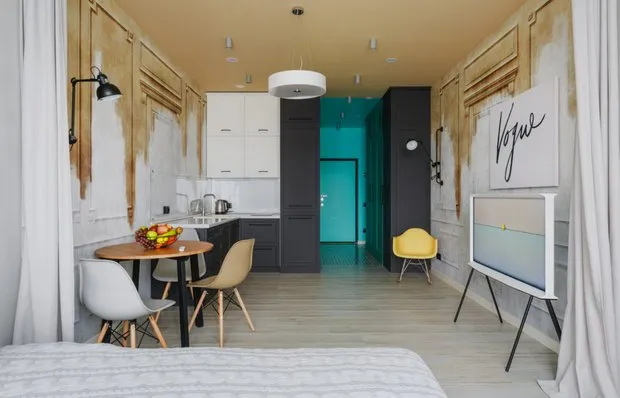 Controversial Design Choices in a Modern 29 m² Studio Apartment
Controversial Design Choices in a Modern 29 m² Studio Apartment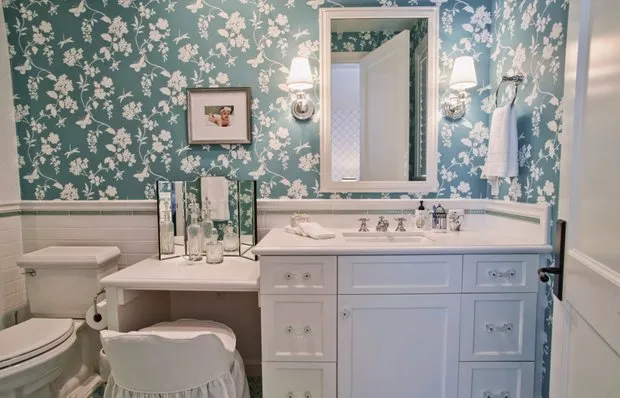 How to Quickly Build a Bathroom on a Dacha: Expert Tips
How to Quickly Build a Bathroom on a Dacha: Expert Tips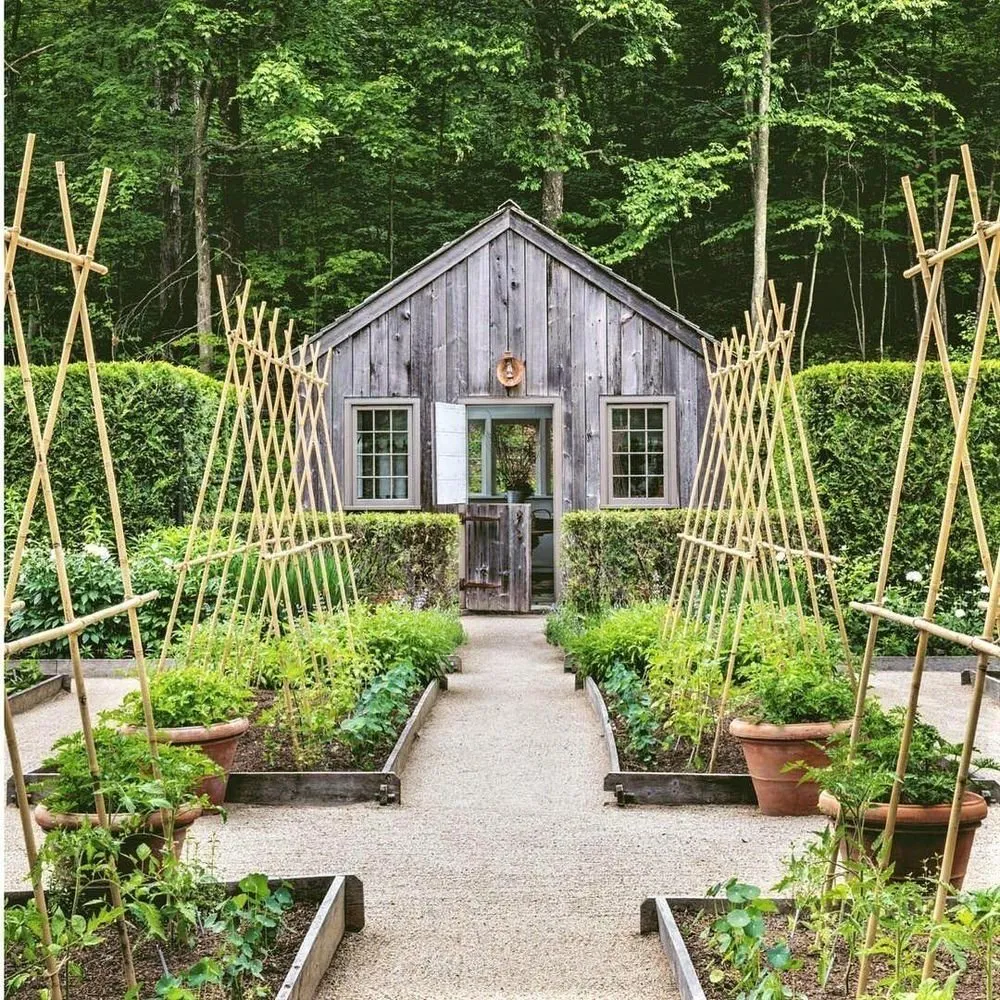 What You Need to Do on the Dacha in June: 9 Important Tasks
What You Need to Do on the Dacha in June: 9 Important Tasks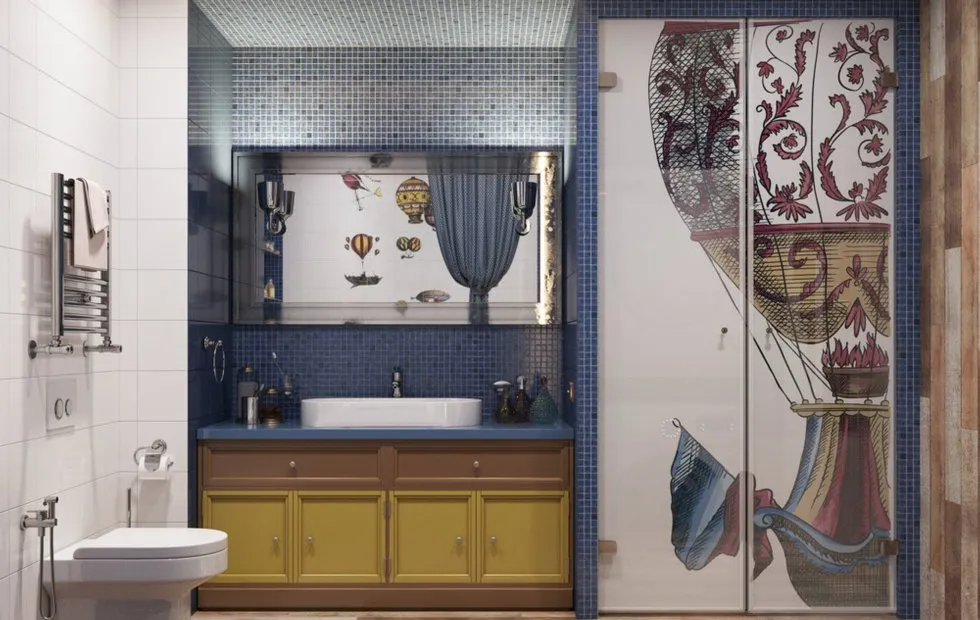 7 Amazingly Beautiful Bathroom Designs in Brezhnev-era Apartments
7 Amazingly Beautiful Bathroom Designs in Brezhnev-era Apartments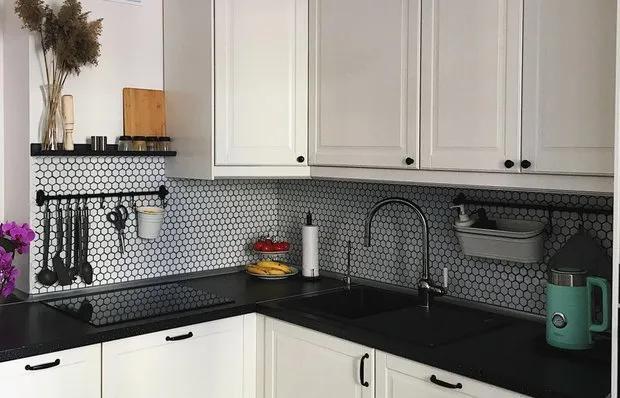 6 Secrets of Storage on a Small Kitchen from a Space Organizer
6 Secrets of Storage on a Small Kitchen from a Space Organizer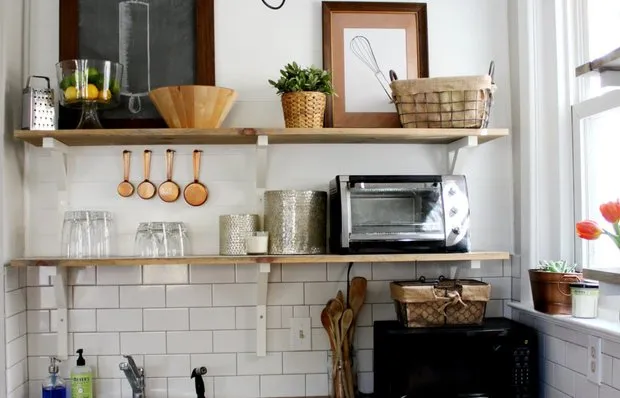 7 beautiful interior design solutions that bring only inconvenience
7 beautiful interior design solutions that bring only inconvenience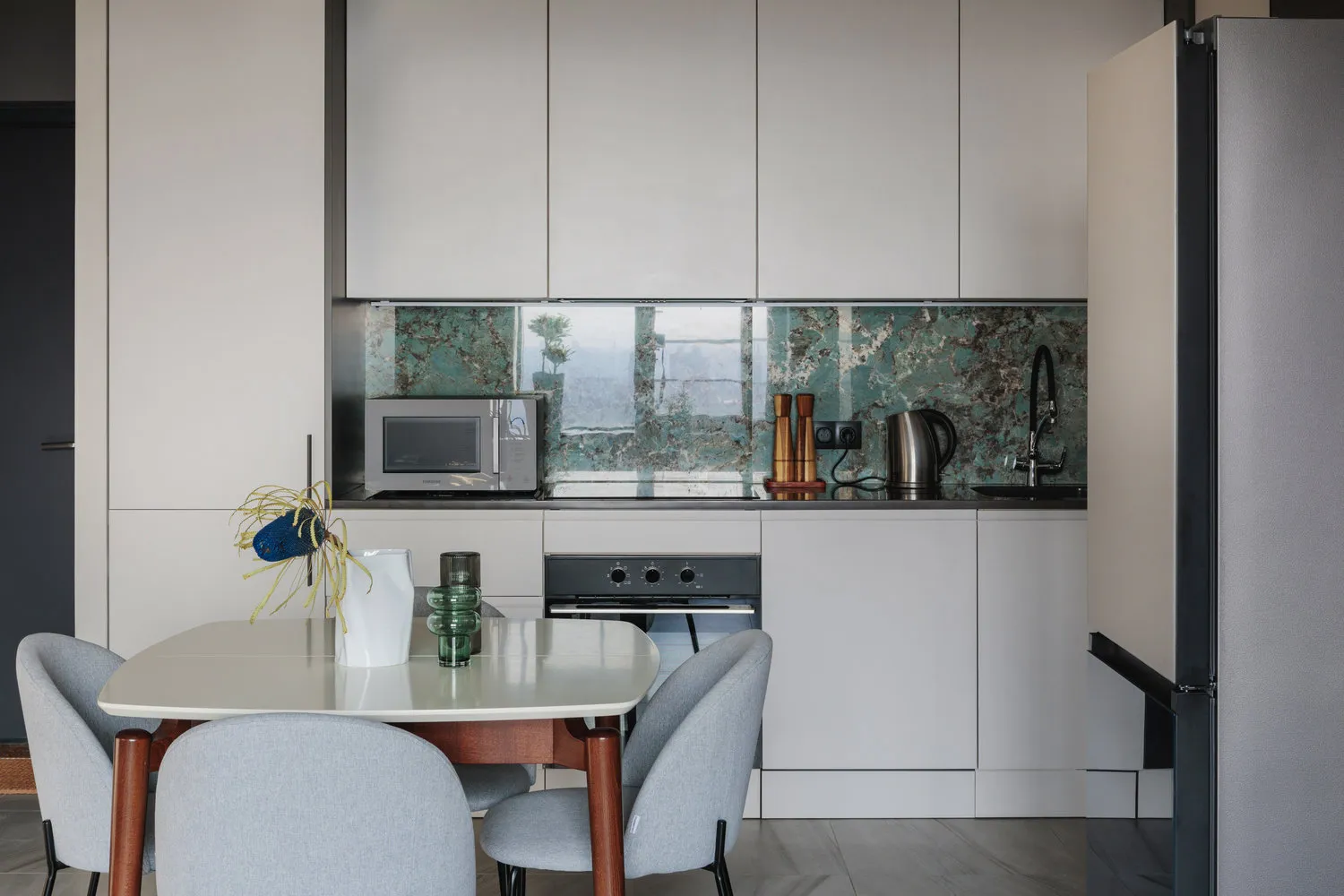 How to Choose a Countertop for a White Kitchen: Stylish Examples with Photos
How to Choose a Countertop for a White Kitchen: Stylish Examples with Photos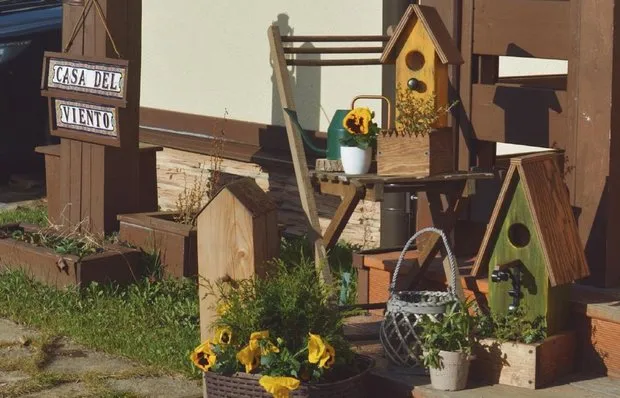 Planters, eco-hanger, laundry basket: decoration for the cottage and garden made by hand
Planters, eco-hanger, laundry basket: decoration for the cottage and garden made by hand